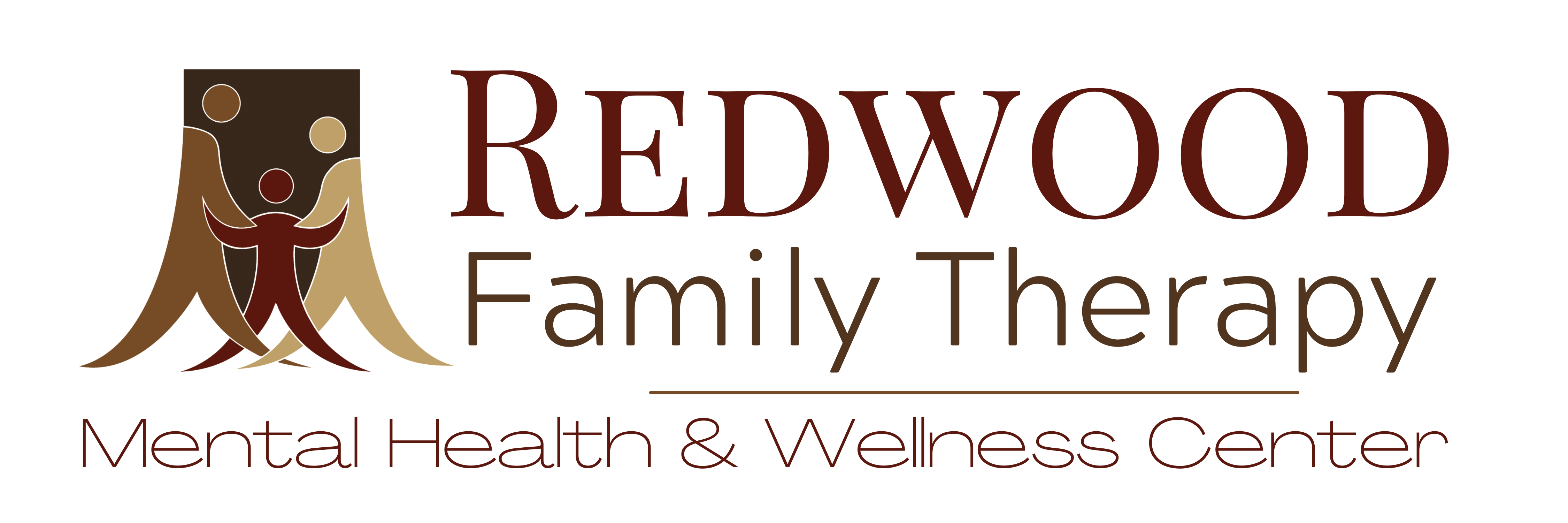What is Trauma Anyway?

The word “trauma” has a bad reputation. True, trauma is never associated with good things, but even just the word can cause a negative reaction within us. If we were to label the same situation as “challenging” rather than “traumatic”, would it create a different response? Instead of running away from the situation, would we feel capable of overcoming it?
It isn’t the events in our lives that matter, but the messages and meanings we take away from those experiences. Research tells us there are five main factors that determine whether something will be traumatic or just a challenging situation:
- Age and stage of development. This has to do with how much you are able to understand what is happening to you, how developed your brain is, and the mental capabilities you have at the time.
- Our outside sources of support. Who do we have in our lives who can offer safe, consistent care and help us to get our needs met?
- Our current state of health. Not just our physical health, but also our emotional and mental health will factor in to determine our ability to bounce back from adverse circumstances, stressors, and life transitions.
- Our resources available at the time. What skills, knowledge, and abilities can you draw on to problem solve and change circumstances? Do you have access to the tools you need to handle this situation? Are there options or do you feel powerless and hopeless?
- Closure. This has to do with open acknowledgement of the aftermath such as processing the feelings, repair attempts, comfort received, if the problem was resolved or if it’s ongoing, etc.
As good as that sounds, our natural tendency as humans is to avoid risk and pain. Rather than confront uncomfortable pain and situations, we tend to suppress or avoid them. It is these hidden, unacknowledged pains that get stored in our subconscious that then tries to get worked out through dreams and behavioral patterns that create distress in our lives. Pete Walker, author of “Complex PTSD, From Surviving to Thriving”, does an excellent job of explaining how situations of trauma can cause us to get stuck in a cycle of over-using one of four natural survival responses: Fight, Flight, Freeze or Fawn. While it is important for us to be able to use these responses to deal with immediate threats or dangerous situations, when they are used too often for too long they create big problems in a person’s life and prevent healing from taking place.
To help us break that cycle, we need to acknowledge and process our feelings. When we do this, the energy tied to the feeling is released. We can take the information learned from the experience and integrate it into an understandable and cohesive life narrative. One way to do this is to use the “Name It To Tame It” theory. This theory states that the simple act of naming an emotion, called Affect Labeling, calms the emotional center of the brain. Labeling the emotion begins the process of regulating and reflecting on it. When we give meaning to something, we can tolerate it and even change its impact.
Confiding in others helps us to recognize our thoughts, feelings, and responses. This gives us an opportunity to get clear on our priorities, receive new information and feedback, and to feel comforted, validated and supported. However, as Sue Johnson, PhD. put it, “The complicating issue is the partner we share with is also often the trigger for our bad feelings”. We may consciously or subconsciously hold back our thoughts and emotions because of this. By seeking out and confiding in a trained professional, we remove the triggers and are able to address and resolve our concerns in a safe, judgement free environment.
The old phrase, “practice makes perfect” applies in this situation as well. As we practice recognizing feelings in the moment (engaging the Right Brain) and putting them into words (using the Left Brain) we are integrating and increasing the communication between the two hemispheres. When you practice mindfulness, you take an observer stance on your experience, enabling you to gain another perspective which is referred to as “Wise Mind”. You are then able to increase the brain’s ability for the two sides to work cohesively.
The same principles apply to balancing positive and negative emotions. Just as the caveman would pay more attention to a nearby predator than the pretty flowers, our brain is primed to pay more attention to negative information than positive. We focus on survival. Research shows that when engaged in mindful practices, the brain activity in both hemispheres increases. What does this mean? Better balance! Overwhelming feelings such as fear, anxiety, anger, hopelessness and gloom don’t call all the shots and determine your experiences anymore. You’re able to see, judge, and control the situation as it really is, not as it was once perceived.
